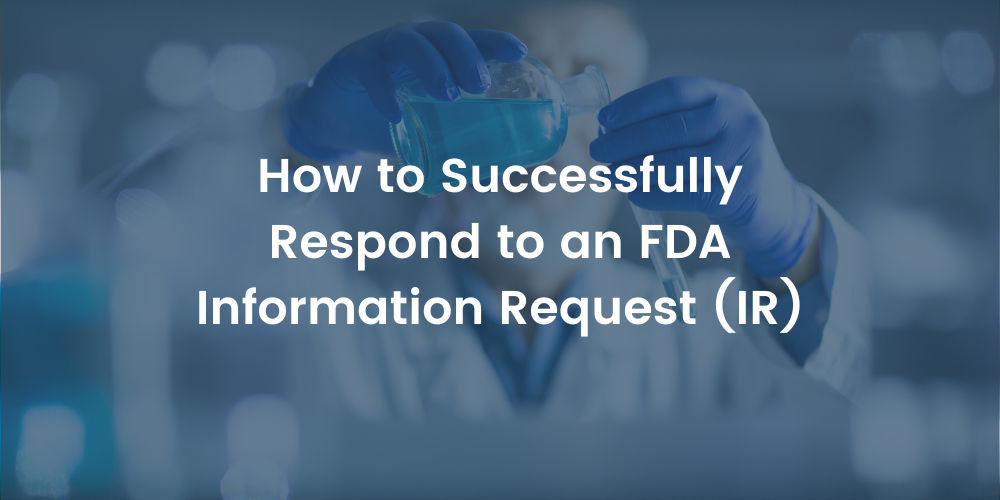AI vs. Humans: Can Artificial Intelligence Outsmart Cold Chain Experts?
10 Common Misconceptions of Cold Chain Validation, as Explained by AI, commentary by Gary...
read Details

The global biologics market is forecast to reach $625 million by 20261, fueled by a rapid rise in therapeutics that leverage biological materials such as cells, genes, tissues, and blood products. Monoclonal antibodies (mAbs) are particularly in high demand, with the market for this class of drugs expected to expand at a compound annual growth rate of 14.4% through 2027.2
Biologics hold great promise for addressing previously untreatable diseases and are now used for a wide range of indications. But when it comes to transporting them safely and effectively, biologics pose more complex challenges than small molecule drugs. Cold chain engineering can address those challenges, ensuring that these high-value therapeutics remain stable, safe, and efficacious from manufacturer to patient.

As compared to chemically-derived small molecule drugs, large molecule, protein-based therapeutics are more costly to produce, more fragile, and at greater risk of instability when exposed to environmental risks in transport, including physical events like shock and vibration. Vibration has the potential to destroy the protein’s structure, while shock events can cause a portion of the large molecule to shear off. Confirming that a mAb or other biologic will remain stable throughout the cold chain is vital and typically requires complex bioassays (as compared to the simpler purity and identity tests used on chemically-derived drugs).
mAbs and other biologics also have controlled temperature requirements that must be maintained consistently throughout the cold chain. When exposed to extreme temperature excursions, these therapeutics are at risk of protein denaturation (a loss of structure due to unfolding), which can reduce their efficacy. High temperatures also can prompt chemical reactions like oxidation and deamidation, which impact drug formulation, or physical reactions such as aggregate or fragment generation, which can reduce the product’s efficacy or potency or trigger an adverse immune response in the patient.
Unlike small molecule drugs that involve a well-defined production process capable of yielding large quantities, mAbs and other biologics require a more complex production process that tends to yield smaller batches. Given that these materials are both costly to produce and available in scare quantities, maintaining drug product stability, safety, and efficacy throughout the cold chain is paramount.
Cold chain engineering is essential to protecting fragile, temperature-sensitive, high-value mAbs and other biologics in transit. It’s an integrated, multi-disciplinary approach to designing and optimizing the biopharmaceutical cold chain, to reduce transport risks that can jeopardize a drug’s safety, stability, and efficacy.
Cold chain engineering involves four disciplines that share a common goal of providing practical solutions to drug transport challenges using scientific and mathematical principles:
Since cold chain issues are inherently multi-faceted, a multi-disciplinary approach that leverages the right combination of engineering experts is essential to validating and optimizing the cold chain for mAbs and other biologics. From package design engineering and evaluation, to thermal shipper selection, to development of the validation master plans critical to a successful filing, cold chain engineering ensures that biologics stay safe, stable, and efficacious from the point of manufacture to the point of use.
One of the most critical functions of a cold chain engineering approach is to validate the cold chain process as part of the Common Technical Document (CTD) requirements of a Biologics License Application (BLA) filing. BLA documentation reviews and pre-approval inspections involve an evaluation of the process validation conducted for the drug product—including transport validation—along with any stability testing, thermal packaging qualification, and validation master planning completed.
Historically, drug transport validation was conducted using real-life shipments in the field. But these shipments can’t duplicate the extreme, concurrent environmental hazards a drug product is likely to face in transit. As a result, real-world shipment data does not provide enough information. Real-life shipments also can’t provide transport validation data on an expedited basis—a significant obstacle for a mAb or other biologic with a Fast Track, Breakthrough Therapy, Accelerated Approval, or Priority Review designation.
For a more accurate assessment of the concurrent environmental risks a biologic will be exposed in transit—with faster access to robust, repeatable test results—biopharmaceutical companies increasingly rely on transport simulation testing.

Now recognized as an industry best practice, transport simulation tests for the five environmental hazards a drug may be exposed to in transit—temperature, vibration, shock, humidity, and pressure—concurrently and at the edges of the operating space, based on the expected conditions across the identified shipping lanes. Transport simulation testing yields the robust data regulators expect for BLA filings, helping ensure a smooth and successful approval process for mAbs and other biologics.
Modality Solutions is the leader in transport simulation, conducting simulation tests that are regularly accepted by the FDA and other agencies, across 200+ successful drug submissions. Through our ISO-certified Advantage Transport Simulation Lab™, Modality engineers have conducted transport simulation tests on mAbs, vaccines, cell-and-gene therapies, and other biologics, along with numerous small molecule drugs and drug-device combination products.
Whether you’re just getting started designing the cold chain for a new mAb or other biologic, preparing for a BLA filing, or looking to solve a cold chain problem with a biologic that’s already in the market, Modality Solutions can help. We have the in-house cold chain engineering expertise to optimize and enhance the cold chain for your biologic, ensuring it stays safe, stable, and efficacious.
References:
1. https://www.globenewswire.com/news-release/2019/10/10/1928253/0/en/Biologics-Market-To-Reach-USD-625-6-Million-By-2026-Reports-And-Data.html
2. https://www.businesswire.com/news/home/20201016005169/en/Global-Monoclonal-Antibodies-Market-to-Surpass-US-368.8-Billion-by-2027-Says-Coherent-Market-Insights-CMI
10 Common Misconceptions of Cold Chain Validation, as Explained by AI, commentary by Gary...
read Details
When it comes to ensuring the integrity of temperature-sensitive products during transit, choosing the...
read Details
Getting your vaccine or therapeutic approved by the FDA is a significant accomplishment. But...
read Details